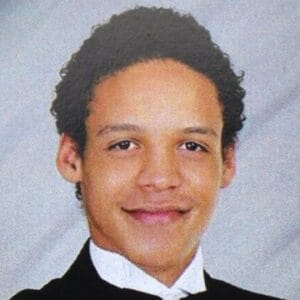- Fire Emblem Wyvern Rider - June 23, 2022
- Fire Emblem Assassin - June 8, 2022
- Fire Emblem Wyvern Lord - June 8, 2022
Intro
The Priest is one of several base classes in Fire Emblem that is of the more holy being variety. The other classes are the Monk and the Cleric, and players routinely mix them up. An understandable mistake, considering how similar they are all.
While it’s true that there are some dominant offensive classes in Fire Emblem, no unit can be on the front lines forever. At least not without some backline assistance. That’s where the Priest comes into play. Pray that you have one of them on your team when things get rough.
Grab your rosary and holy water because it’s time I break down Fire Emblem’s Priest class.
History of the Priest
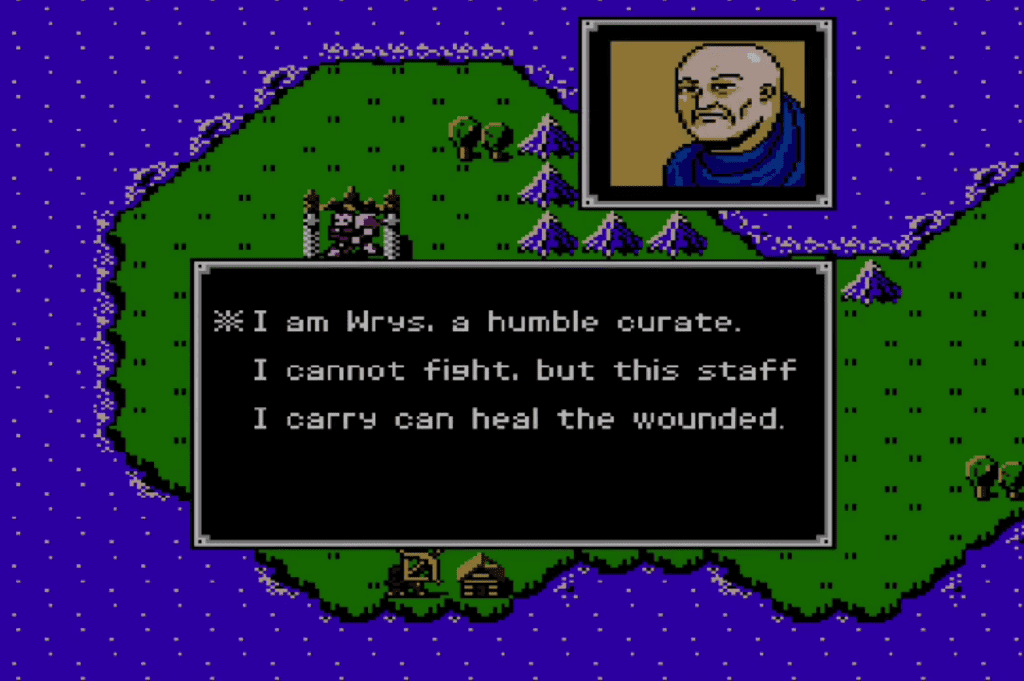
The Priest class debuted in Shadow Dragon & the Blade of Light but under a different name: the Curate. Funnily enough, the Japanese translation of Curate is Monk, which is an entirely different class. The class has routinely gone back and forth between being a male-exclusive and unisex class. Wrys is the first Priest in the series (And unfortunately, not a very good one). Priests start with only access to Staves but can use magic after promoting into the Bishop class.

Curates, unfortunately, have it a little rough in the first Fire Emblem due to two poor design choices. The first is that Curates only gain experience in Shadow Dragon & the Blade of Light by engaging in combat and surviving. It should go without saying that making a defensively poor class gain experience only via battle was a horrible idea. The second issue with some Curates in the first game is that weapon levels/ranks function differently than in modern Fire Emblem. In Shadow Dragon & the Blade of Light, weapon levels had their own stat and growth rate. Without a high weapon level, your Curates cannot use the best Staves in the game.
Priests stayed in Sunday School in Fire Emblem Gaiden and Mystery of the Emblem, with the role of the primary healing unit taken up by the Sister/Cleric class. The Priest class returns in Genealogy of the Holy War with a new promotion: the High Priest. After promoting, they gained access to Anima magic.
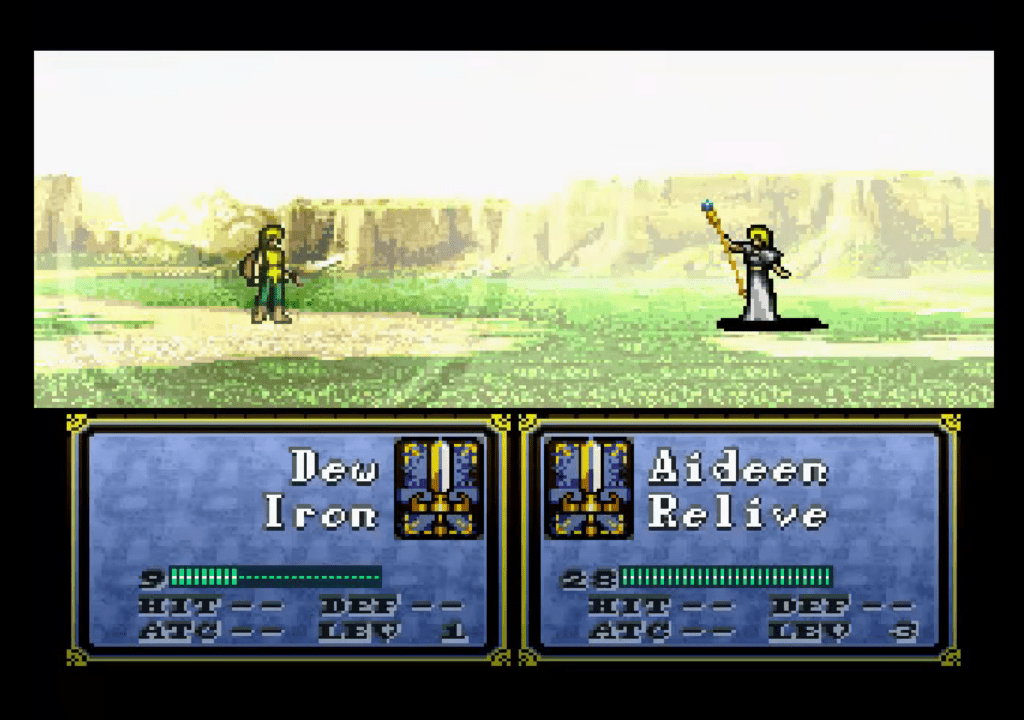
The High Priest was short-lived, with Genealogy of the Holy War serving as its only appearance. In the follow-up Thracia 776, Priests were once again promoted to Bishops. Bishops gained access to Light magic, a trend that would stick with the class for the rest of the series. In The Binding Blade and The Blazing Blade, the Priest and its de facto promotion, the Bishop remained unchanged. In The Sacred Stones, Priests could promote into either Bishops or Sages.
Fire Emblem Awakening makes the most bizarre change to the Priest class. They could promote into a Sage or the newly debuted War Monk class who forgo magic entirely in favor of Staves and Axes. For the first time in a while, Priests could not become Bishops. That trend continued in Fire Emblem Fates. Priests were a Hoshidan-only class and confusingly labeled as Monks. Their promotion options were the Onmyoji, the renamed Sage, or Great Masters. Great Masters retired the War Monk’s Axes in favor of Lances (While retaining usage of Staves).
In Three Houses, the Priest is an Intermediate class. Units can promote to Priests, provided they have at least a C rank in Faith. Priests in Three Houses have access to Faith and Reason (They’re combinations of the older forms of magic).
What Makes A Priest?
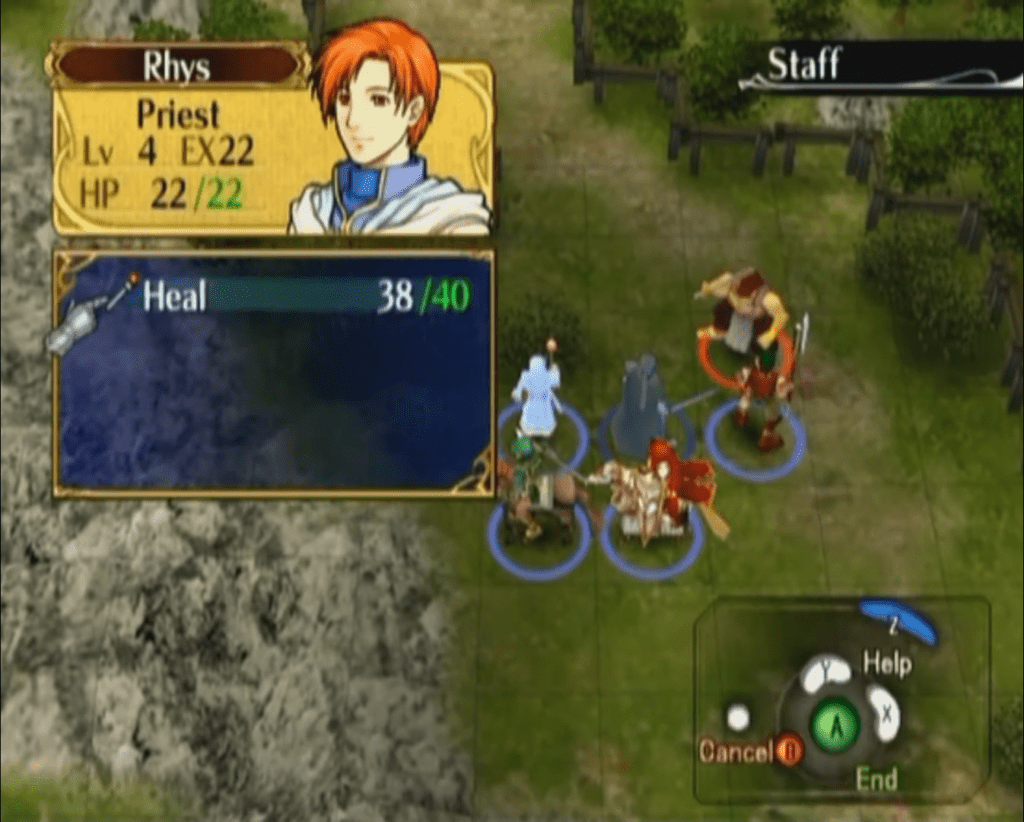
Priests are supportive magical units with high Magic and Resistance but low Strength and Defense.
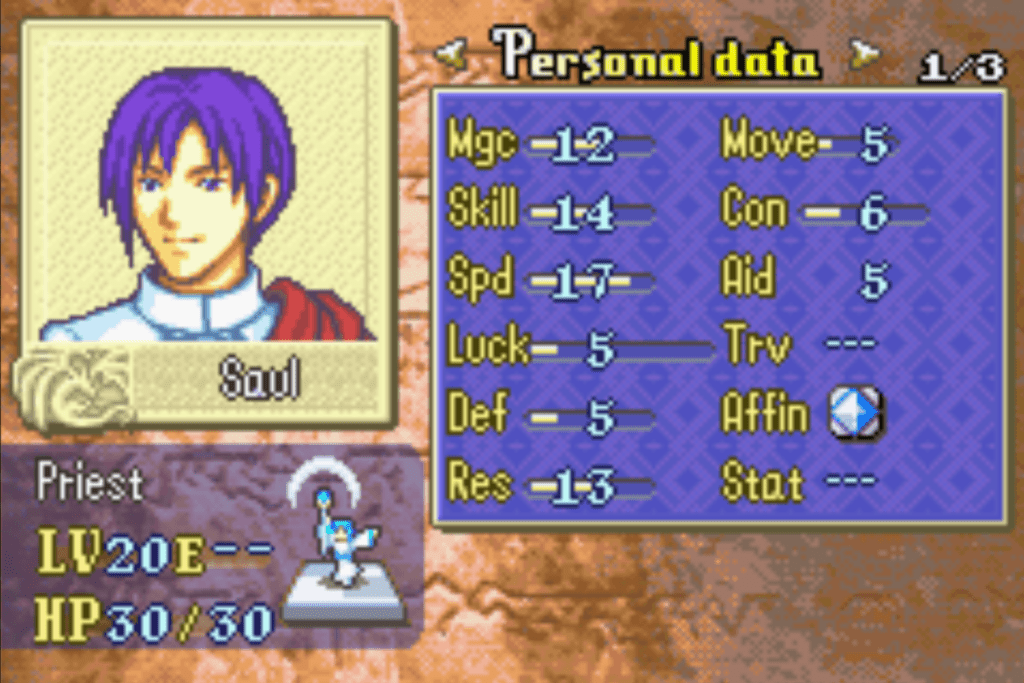
Staff usage is the only utility of Priests until they promote, and they are very good at it. Priests typically start with either a D or C rank in Staves, with the latter Priests having immediate access to nice Staves like Physic, Rescue, Restore, and Hammerne. By the time they promote, they should be close to S rank or get it immediately after promotion (Unless you Arena grind, in which case they likely already have it). Staves like Warp and Rescue are clutch in many scenarios (With some locations that are only reachable via Warp Staves), so having units capable of using them is essential. Many Priests in the earlier games in the series, like Lena and Elice in Shadow Dragon & the Blade of Light, and Tiny and Safy in Thracia 776, have Staves that only they can use. That only gives some Priests enough utility to warrant using them.
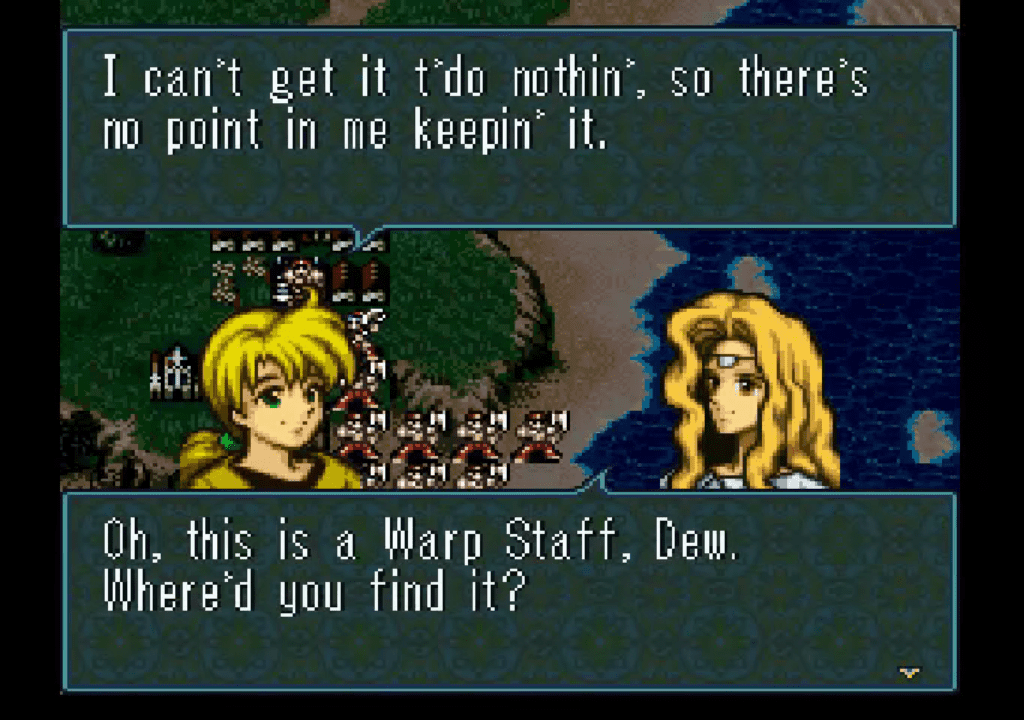
Magic plays a large part in how effective many Staves a Priest uses will be, and most Priests rank high in Magic growth rates. By the time your Priest hits level 20, standard Heal Staves should be able to restore 30+ HP with no problem. Once they promote and gain access to Magic (Outside of the rare promotion options that use weapons instead), they will be able to contribute offensively and do a decent job against physical units with low Resistance. Priests also have excellent Resistance base stats and growth rates and are suitable for drawing the attention of enemy Magic users while your physical units take them down.
When it comes to Speed, Skill, and Luck, that’s where Priests tend to differ heavily. Skill base stats tend to be above-average, with growth rates varying from average to above-average. A notable exception is Priests from Genealogy of the Holy War, who all have below-average Skill growth rates. Speed base stats and growth rates are virtually identical. Priests with poor Speed growth rates are especially at risk in battle since enemies may double them, and no Priest will survive that.
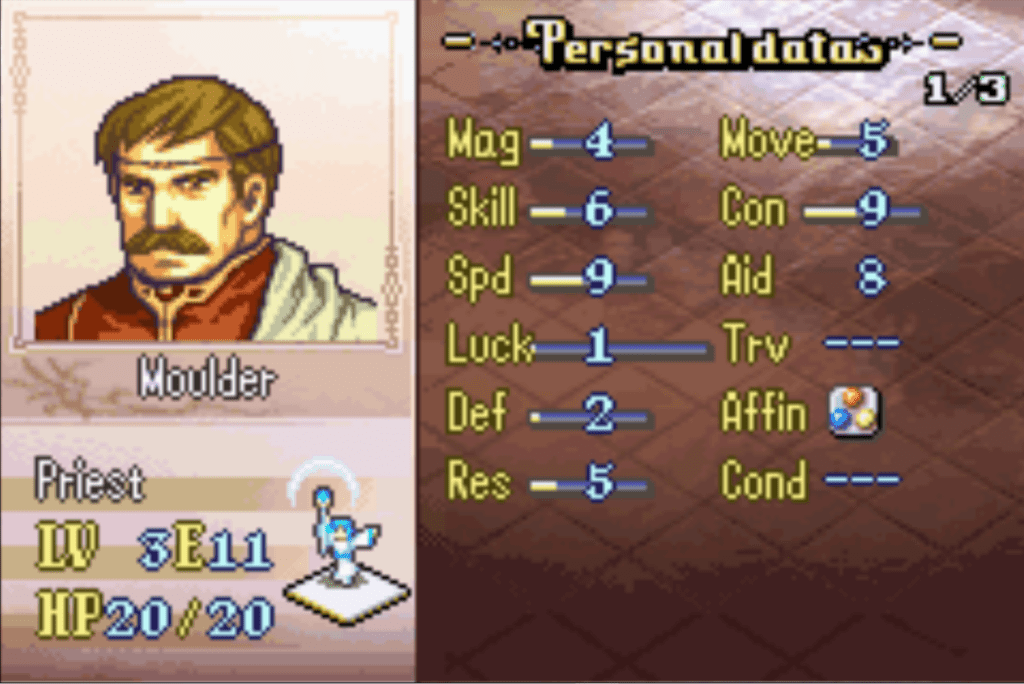
A Priest’s luck varies heavily from unit to unit. Moulder and Saul have terrible base Luck and growth rates, while Edain and Elen have excellent Luck base stats and growth rates. Any Priest on the unlucky side needs to be kept far away from enemies with high crit rates like Swordmasters and Berserkers. A crit from any physical enemy is enough to OHKO your Priest at any point in the game.
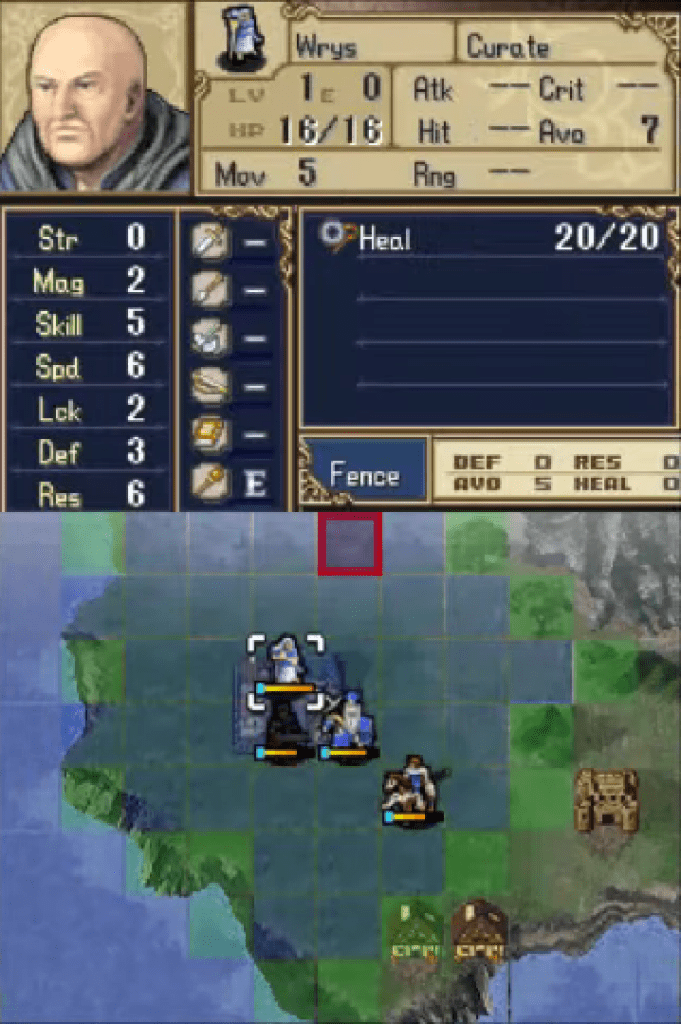
The glaring weaknesses of the Priest class are HP and Defense. HP base stats are always poor, and growth rates range from average to above-average. No matter the case, Priests will always have low HP and will seldom take more than two hits from any physical unit before dying. They always have terrible Defense as well. Forming a protective wall around them at all times is mandatory to keep them alive. I usually have them shielded by two Cavaliers.
When Priests promote, they gain the ability to deal damage and defend themselves with Magic, Axes, or Lances, depending on the game. However, this isn’t as game-changing as you might think. Priests have terrible Strength/Constitution and will be weighed down by all but the lightest weapons or tomes. That means taking significant Speed penalties, which no Priest can afford, especially the slower ones. It may be hard for them to double the faster enemies unless you give them stat boosters. Even after gaining access to combat options, they will likely still be most valuable as Staff users.
Priests have poor Movement, even by infantry standards, and will quickly fall behind the rest of your army. So much so that you might find it necessary to pair them with a Dancer or Bard to help them keep up. Their mediocre mobility plays a significant role in opting to field a Troubadour over a Priest (Except in situations like desert maps where mounted units have restricted mobility).
How Many Playable Priests Exist In Fire Emblem?
While bearing in mind that some female characters started as Priests before turning into Clerics, Fire Emblem has had 19 Priests.
- Wrys (Shadow Dragon & the Blade of Light, Shadow Dragon, New Mystery of the Emblem)
- Lena (Shadow Dragon & the Blade of Light)
- Maria (Shadow Dragon & the Blade of Light)
- Elice (Shadow Dragon & the Blade of Light)
- Edain (Genealogy of the Holy War)
- Lana (Genealogy of the Holy War)
- Muirne (Genealogy of the Holy War)
- Coirpre (Genealogy of the Holy War)
- Charlot (Genealogy of the Holy War)
- Safy (Thracia 776)
- Tina (Thracia 776)
- Sleuf (Thracia 776)
- Elen (The Binding Blade)
- Saul (The Binding Blade)
- Moulder (The Sacred Stones)
- Rhys (Path of Radiance)
- Laura (Radiant Dawn)
- Brady (Awakening)
- Flayn (Three Houses)
Who Is The Best Priest In Fire Emblem?
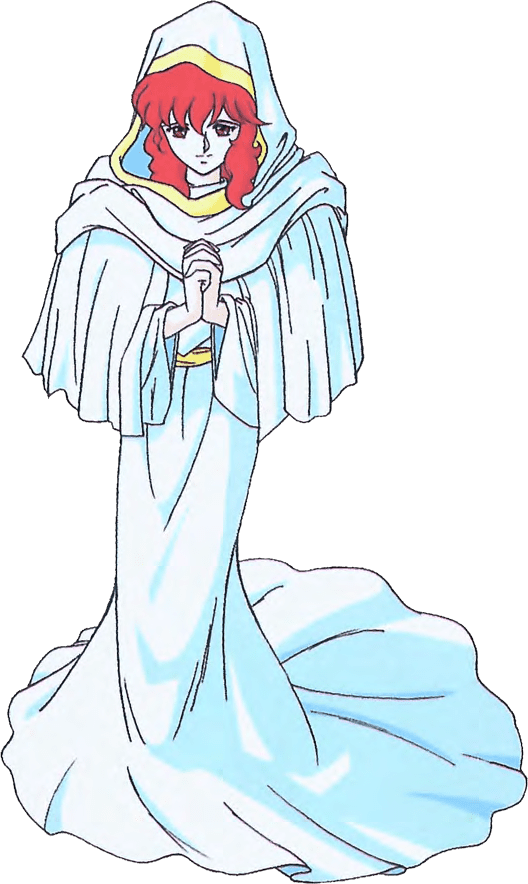
Some might consider this selection cheating since she later became a Cleric. But regardless, I’d say the best Priest in the series is Lena in Shadow Dragon & the Blade of Light.
Lena joins with a high enough weapon rank in Staves to use many of the Staves in the game. And since leveling up Priests is wonky in Shadow Dragon & the Blade of Light, this is a godsend. She also joins with a Warp Staff, far earlier than you obtain them in later entries in the series, and later gets exclusive use of the Hammerne Staff. She has a better join time and Speed, making her better than Maria and the best overall Staff user in the game.
Is The Priest Class Good?
Definitely! Priests/Clerics are pretty interchangeable. But overall, they arguably make for the best support units at your disposal. They may not have a mount like the Troubadour class, but they typically have significantly earlier join times. Staff users only level up by using Staves. They don’t get any juicy boss kill experience or continuous chip damage experience, so leveling them up is slow. That means you want to start training your primary Staff users as soon as possible. They usually come with respectable base Staff ranks, which means they quickly gain access to the higher-tier Staves in the game. And while you don’t want to blow through the uses of your best Staves early, having the option in case of emergency never hurts.
In some games, a promoted Priest might be your only means of obtaining a Light Magic character anytime soon (The Binding Blade is a good example). While support Magic users are never your strongest damage dealers, diversifying your Magic options is always best.
They are more fragile than Mr. Parker’s Leg Lamp from A Christmas Story, but that comes with being a support unit. So long as they’re well protected, they will be invaluable backline members of your army.
FAQs
Question: Who is the worst Priest in the series?
Answer: Unfortunately, my vote has to go to poor Wrys, the first Priest in the series. I’m specifically talking about his appearance in the Shadow Dragon & the Blade of Light, not the remake. His base weapon rank is terrible, his growth rates are abysmal, and the bizarre means of leveling up Priests in the first game make using him an absolute chore. You get Lena soon after. Lena is better than Wrys in every way. He gets better in Shadow Dragon since it’s more challenging than the original, and he levels up in a modern fashion, but he’s still mediocre at best.
Question: Which class is better, Priest or Cleric?
Answer: They are mostly the same class, except Clerics are female-only, and Priests have mostly been male characters in the more recent games in the series.
Conclusion
I’ve always had a soft spot for characters in video games that serve support roles. Even in MOBAs, I mostly prefer being the tank. Maybe it’s because support characters are a lot harder to master (Or possibly it’s just that they’re an acquired taste).
Whatever the reason, Priests get my seal of approval in Fire Emblem. The biggest problem I’ve ever had with them is choosing which of several to use when a map limits me to 10-12 units. They more than pull their weight in any Fire Emblem game, and I’m always happy to use them.
So far, I’ve mostly covered the DPS classes of Fire Emblem here on FEFanatics, like Warriors and Heroes, and I think it’s high time I shifted to tackling some of the support classes. Stay tuned for more!


